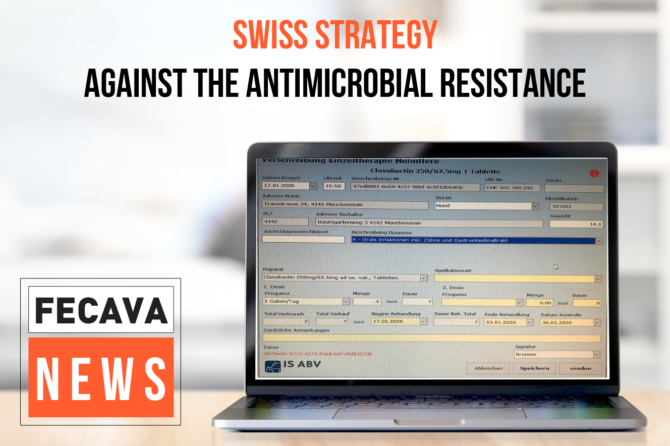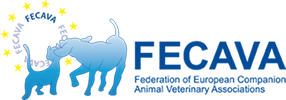
Swiss Strategy Against Antimicrobial Resistance
In Switzerland in 2015, the federal council decided to fight against the problem of AMR. The strategy was implemented by the four federal offices responsible for public health (FOPH), the federal food safety and veterinary office (FSVO), agriculture (FOAG) and environment (FOEN) in partnership with many stakeholders. The national strategy on antimicrobial resistance (StAR) was born. In veterinary medicine, the sale of antimicrobials is now half the amount it was ten years ago. The dispensing of certain antibiotics has been restricted, treatment guidelines (antimicrobial scout) and information for veterinarians and the public have been prepared. The Swiss association for small animal medicine started with campaigns for their members, they delivered the FECAVA posters about prudent use of antimicrobials and hygiene at their national congress and the topic of the Lavaux meeting was a prudent use of antimicrobials.
The awareness among veterinarians and pet owners has increased in recent years and the use of antimicrobials was part of the daily consultation in veterinary practice. (Not easy to convince pet owners that cat flu or abscesses not necessarily needs 10 days of antimicrobials).
As of 2019, a national information system with a record of antibiotic prescription in veterinary medicine has been helping with an overview of the use of antibiotics. It first started for our colleagues in the farm animal field and as of October 1, it started for the companion animal practitioners.
ISABV stands for the ” information system of antibiotics in veterinary medicine”. This is the platform where we have to input every evening the antimicrobials we were using the whole day for our patients. We also have to input the disease or the organs we used it for. So every injection or tablet of antibiotics we prescribe is now somewhere in a database awaiting comparing investigation. Until now, no class of antibiotics is forbidden. I think it gives us more awareness about the use of AM, what generation of cephalosporins we should choose or if we need fluoroquinolones. We don’t have to put into the system the skin ointments and eye creams. It was quite a challenge for the IT people from the government and the providers of veterinary software to create a viable PC interface.
The campaign to return unused antibiotics started in November 2019. The public was encouraged to return unused antimicrobials to the veterinary clinics and also encouraged to prevent its inappropriate use and incorrect disposing. It was a collaboration campaign between colleagues and the pharmacies.
Hopefully, with StAR and the ISABV we can help lower the use of antimicrobials and not lose them as a powerful weapon against bacterial diseases.
Käthi Brunner, FECAVA director, Switzerland
Source; FSVO federal food safety and veterinary office
Leave a reply

Leave a reply